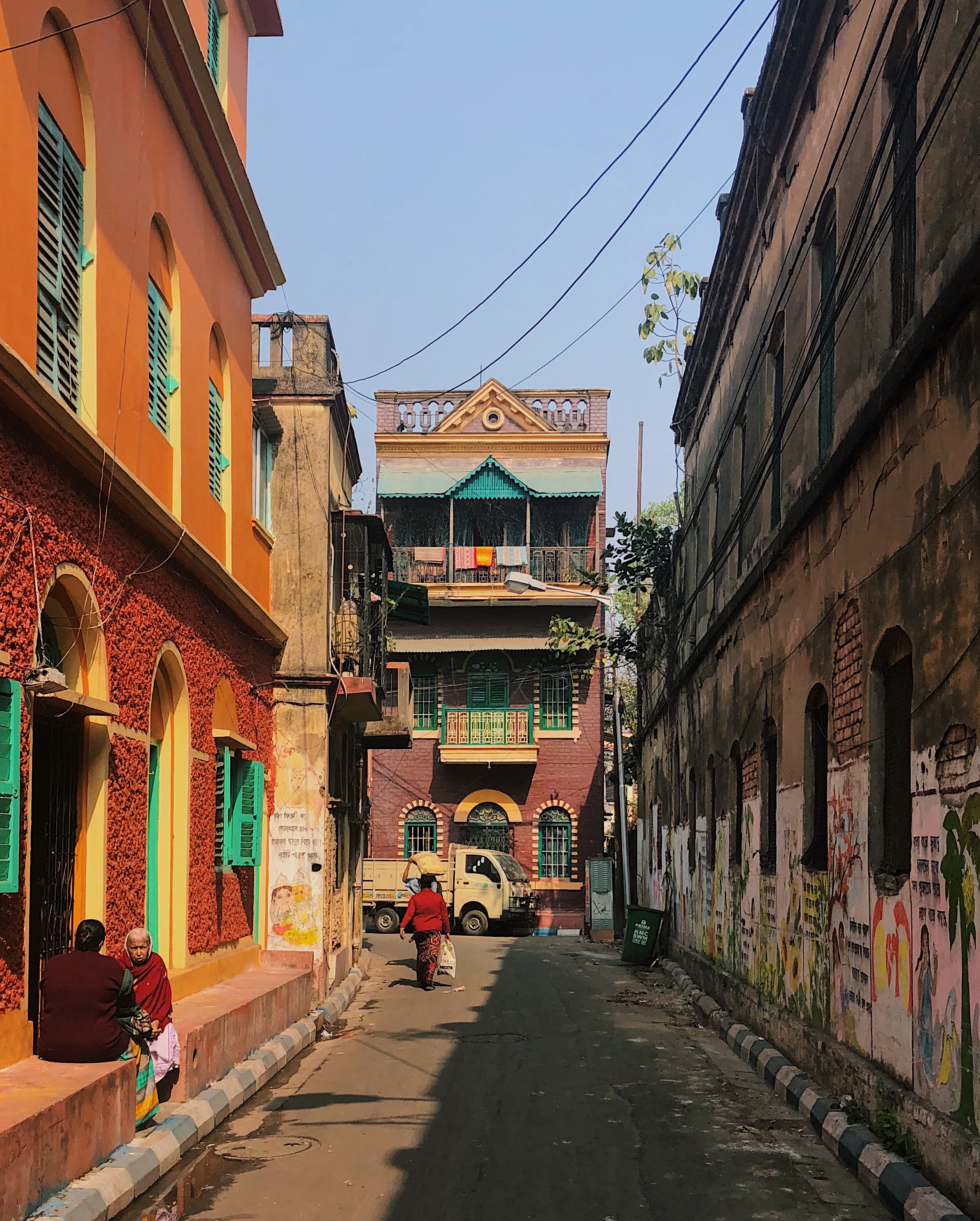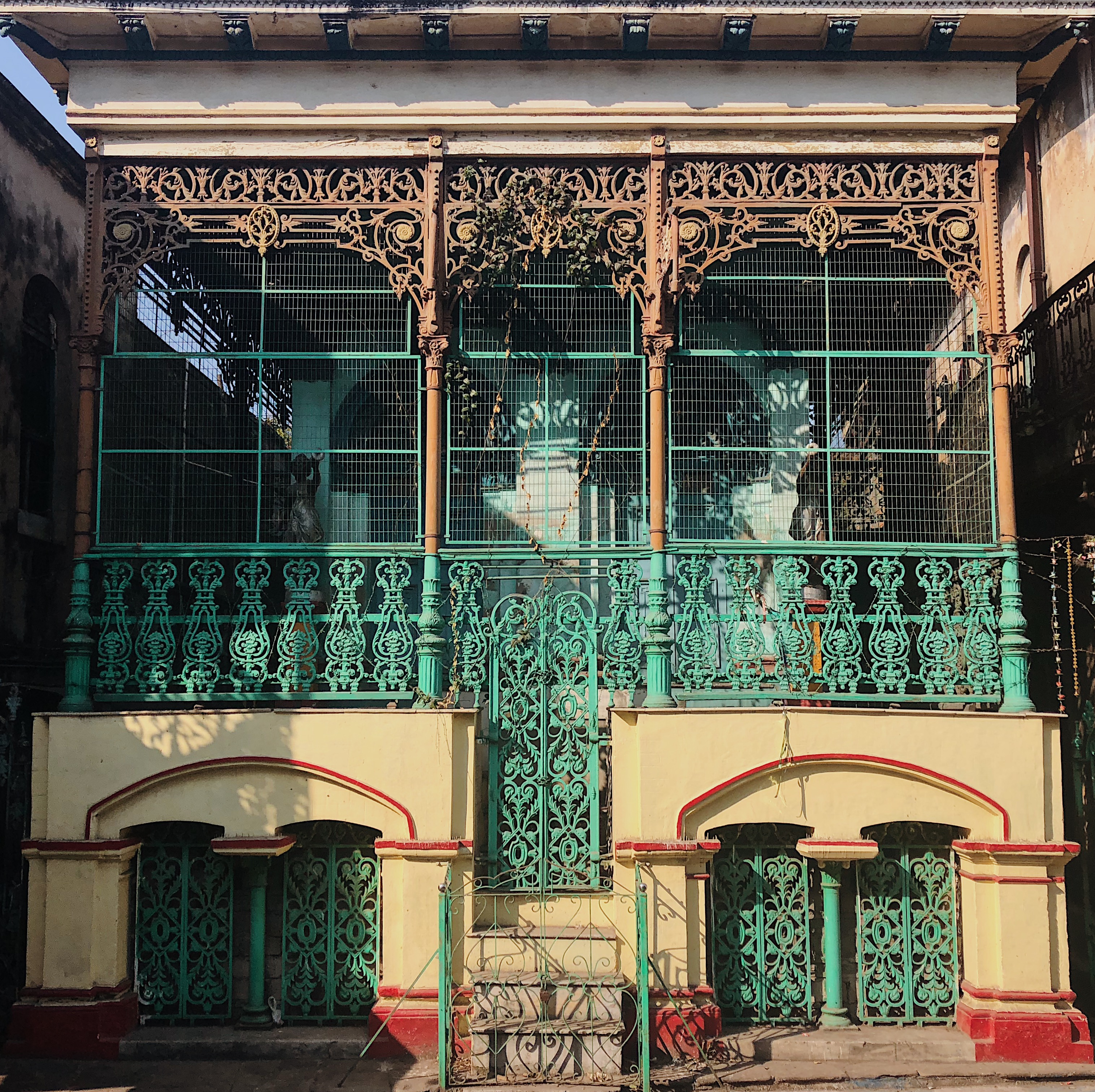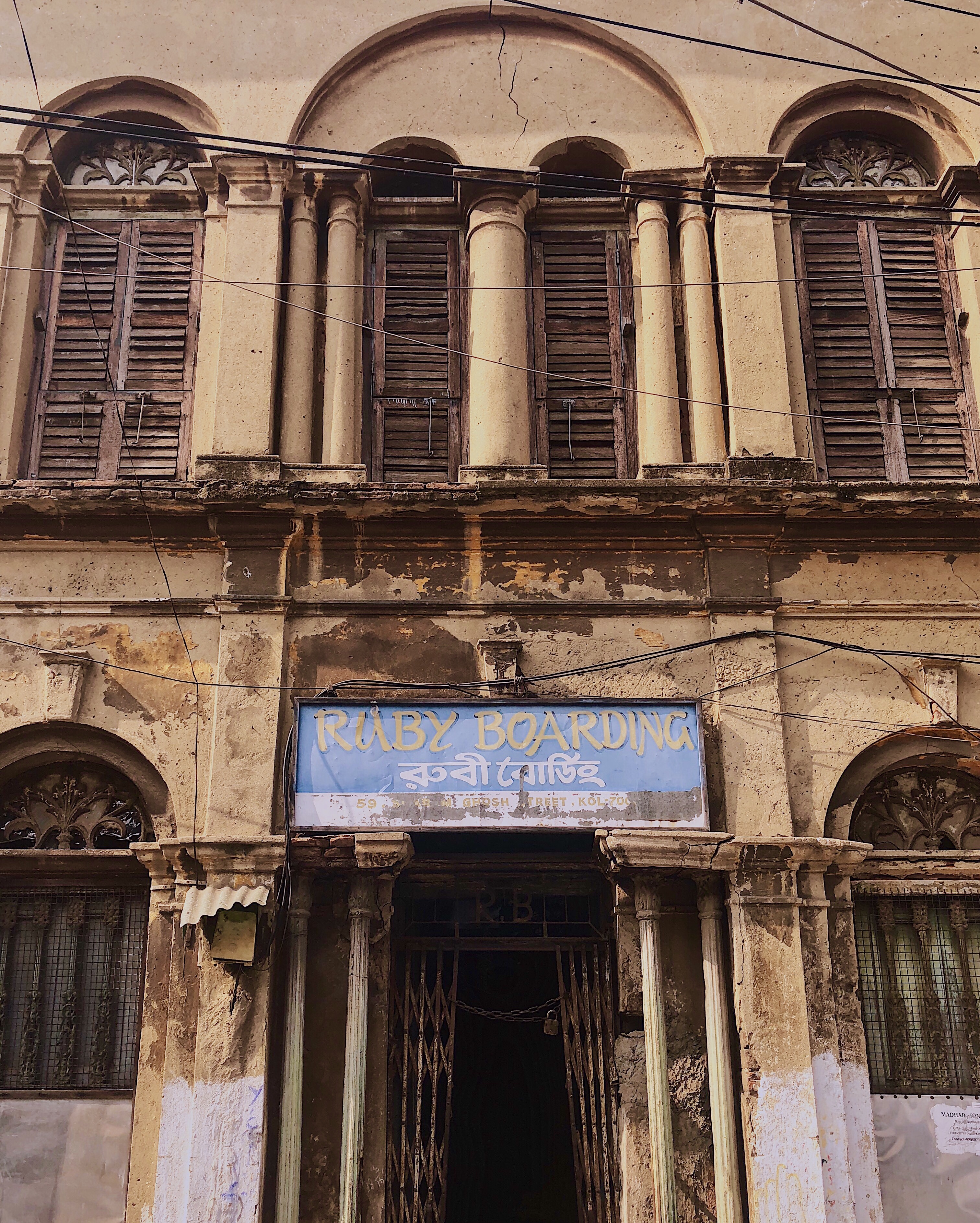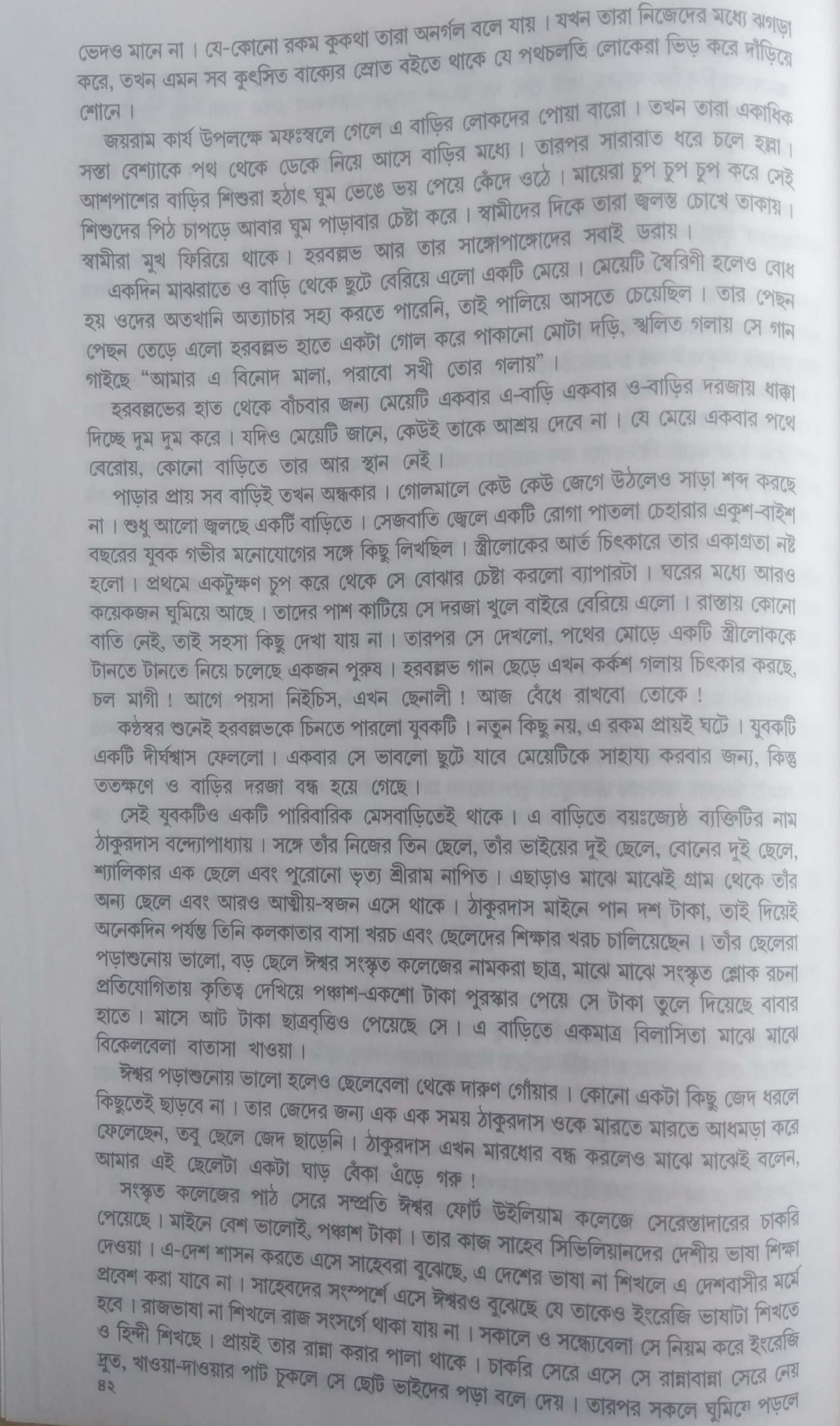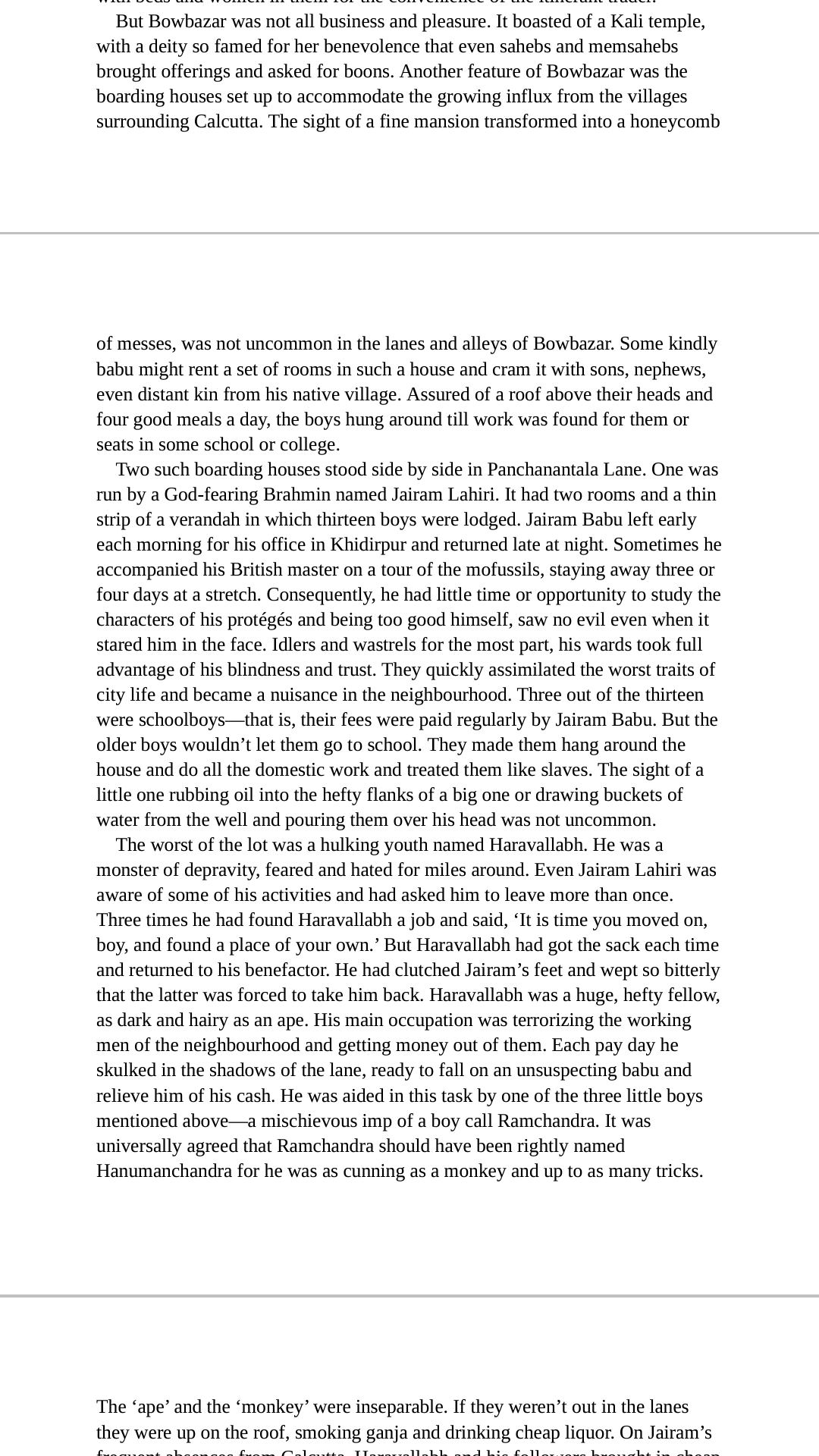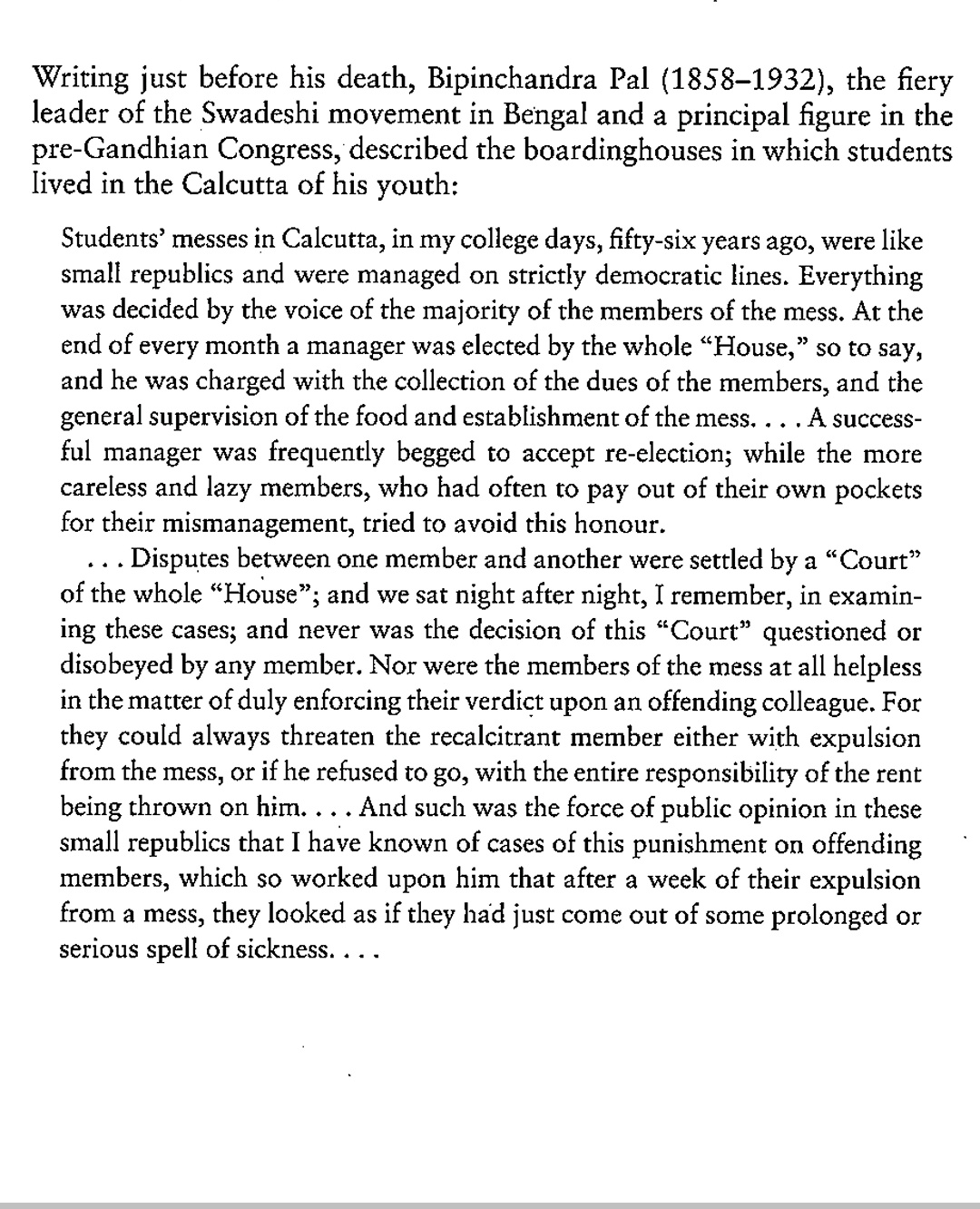Once upon a time a ghost-seeing, revenge seeking, Shakespearean Hero proclaimed, “Frailty, thy name is woman.” Since he had not met this trio of Messbari Project, armed with their street directories, invincible spirit and pepper spray, I am going to meekly forgive him for his misconceptions. Before our project of unraveling the mess of Messbaris in Kolkata had started, we knew that our journey will be different, and will be occasionally shaped by the fact that we were three young women “taking to the streets”. But that is a story I will tell you later, for now, tell me when you think of messbaris, what are the images that come to your mind? Bachelors’ den? Overconcerned landlords who will out-father your own Father? Shyamal Mitra prancing around singing, “Amar e joubon…” along with other boarders in 72, Banamali Naskar Lane? Either way, you and I, we can both agree, that the very idea of messbaris in Bengali consciousness is a space that is strictly occupied and maintained by men. And that is true, mostly. So this International Working Women’s Day we are going to break that stereotype and narrate the stories of Four messbaris of Kolkata that are or were owned and run by women autonomously. These women are powerful, protective and efficient, and awe-inspiring.
We will start off with the story of a now demolished Mess-bari, Shabari and its erstwhile owner Mrs. Beauty Bose. Situated right adjacent to Purabi Cinema Hall, which is now demolished as well, this was a women’s only mess, or a Ladies’ Hostel. Started during 1969-1970 by Mr. Arun Kumar Bose, the management was promptly taken over by his wife, Mrs. Bose, and this will continue for the next 38 years, until the hostel was closed down, because an aged Mrs. Bose could not continue with the mammoth responsibility of running a mess of more than 40 boarders all by herself. As Mrs. Bose said that running an all-women’s hostel was anything but cakewalk. Not only was she their local guardian, but more of a bodyguard. “I have warded off letches and creeps literally by chasing them with sticks in my hand. I even had to negotiate with the local political leaders. For 38 years, I had no life, I would spend every waking hour tending to the girls, looking after them, feeding them, recruiting cooks and maids, maintaining the mess, I had no separate existence, no family outside this hostel,” sighed Mrs. Bose. Mother of two sons, now she has the time to breathe peacefully, but has confessed that she secretly misses scaring off “Romeos” ministering over her hostel.
Now we will venture into the realm of those mess-baris where women have controlled all-male spaces, single handedly and successfully. The 5/1A, Madhu Gupta Lane, is now owned and managed by Mrs. Anjana Mukherjee, whose husband had owned the place, but died many years ago. Now she looks after this 76 year old mess, housing 14 boarders, students and office-goers, much like Mrs. Uma Bhattacharjee of Rainbow Club. She inherited the ownership and management of this 70 year old mess on B.B. Ganguly Street, from her father-in-law. Now in her late 60s, the formidable Mrs. Bhattacharjee stays in a part of this four-storeyed mess, adored and feared by her boarders, simultaneously. Nripendra Boarding House of College Street was started in the 1950s. This place originally owned by the Benares Trust, is run by lease-holders, who currently is a woman. After the death of the primary lease holder, she along with her daughter, has been managing this mess of 24 boarders, with no grievance from the boarders whatsoever.
This International Working Women’s Day, let’s celebrate these women of great strength and conviction, who have risen above their gender-roles, assigned by the society, dealt with the “man’s world”, and made their places in it. They live unobtrusively right next to us, they don’t consider their stories to be worth telling and go about the world, making changes they don’t themselves realize. This March 8th, let’s make this day of women whose stories are untold, and unseen, who are devoid of the fancy rhetoric, let this day be of women, queer, trans, disabled, rural, tribal or of any other marginality. Let’s celebrate the woman, fighting her battle, right next to us.

